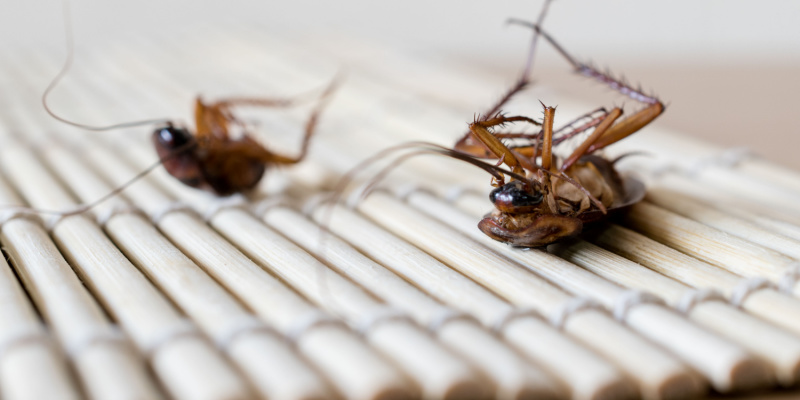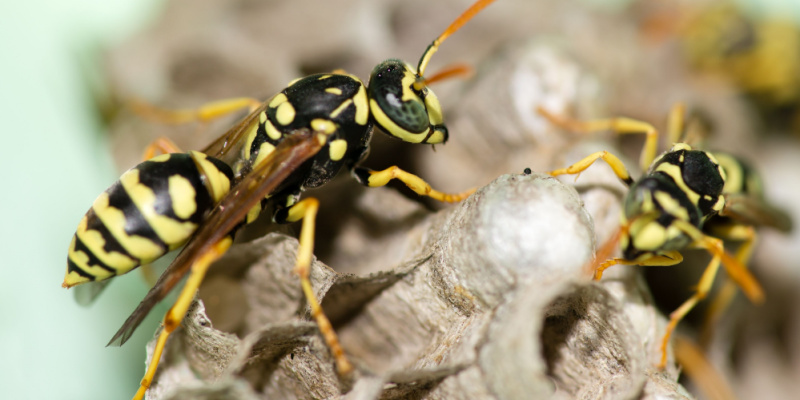Discovering a cockroach scuttling across your kitchen floor or lurking in the shadows can be an upsetting experience. Your immediate concern might be whether this lone intruder is a sign of a more significant problem – an infestation. While encountering a single cockroach does not necessarily indicate a full-blown infestation, it’s essential to understand the potential implications and take appropriate actions to ensure your home remains pest-free.
Cockroach Behavior and Habitats
Cockroaches are hardy insects with a remarkable ability to adapt to various environments. They are attracted to warmth, moisture, and food sources, making homes an ideal nesting ground. These nocturnal pests tend to hide during the day, making it challenging to spot them until they become more numerous. Cockroaches congregate in dark, damp areas such as kitchens, bathrooms, and basements, seeking out cracks, crevices, and other small hiding spots.
Signs of an Infestation
While one cockroach doesn’t necessarily signify an infestation, it could indicate that others are lurking nearby. Several signs can help you determine if you have a cockroach infestation:
1. Sightings
If you see cockroaches during the day, it could mean their hiding places are overcrowded, indicating a more significant population.
2. Fecal Matter
Cockroach droppings are small, dark, and cylindrical in shape. Finding fecal matter in areas where you’ve seen the cockroach could indicate an infestation.
3. Egg Casings
Cockroaches lay egg casings called oothecae, which contain multiple eggs. Discovering these casings suggests that reproduction is occurring and can be a sign of an infestation.
4. Musty Odor
An unpleasant, musty odor in areas where cockroaches are likely to hide may be an indicator of their presence.
5. Damaged Items
Cockroaches are known to feed on various materials, including paper, fabrics, and even organic matter. If you notice chewed items or damage to stored goods, it could signify an infestation.
Taking Action
Upon spotting a cockroach, the key is to take immediate action to prevent a potential infestation:
- Clean and Sanitize
Maintain a clean and tidy living space, focusing on areas where cockroaches are likely to hide. Regularly clean kitchen counters, sweep floors, and eliminate potential food sources. - Seal Entry Points
Inspect your home for potential entry points and seal cracks and crevices using caulk or weatherstripping. - Eliminate Moisture
Fix leaky pipes and faucets, ensure proper ventilation, and use dehumidifiers to reduce moisture levels, making your home less appealing to cockroaches. - Remove Clutter
Cockroaches thrive in cluttered environments. Declutter your home to minimize potential hiding spots. - Use Baits and Traps
Consider using cockroach baits and traps to capture and eliminate any existing roaches. These can also help you monitor the severity of the problem. - Consult Pest Control Professionals
If you suspect an infestation, it’s advisable to seek the expertise of pest control professionals. They can assess the situation, recommend appropriate treatments, and help prevent future infestations.
While the presence of a single cockroach might not necessarily mean you’re dealing with an infestation, it’s essential to take prompt action to prevent the situation from escalating. By implementing preventive measures and contacting Abarb Pest Services for professional help, you can have peace of mind knowing that you have significantly reduced the likelihood of a cockroach infestation taking hold in your home.

